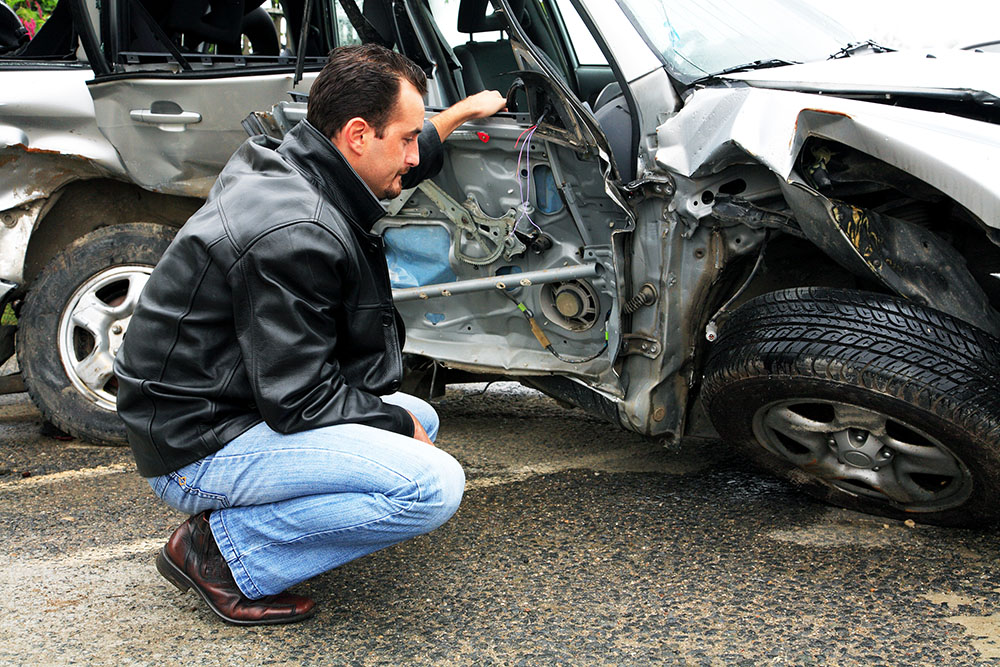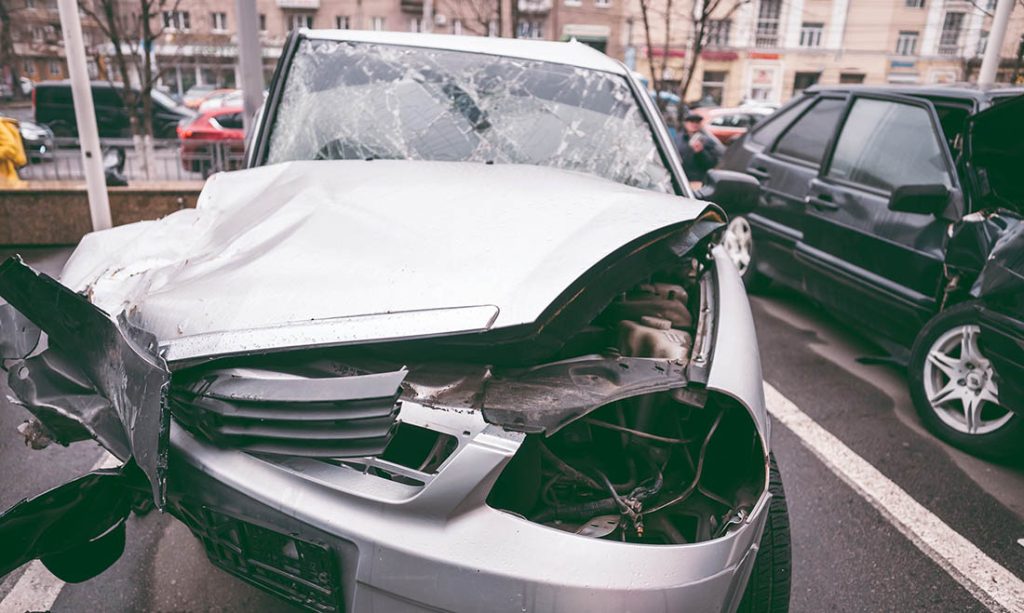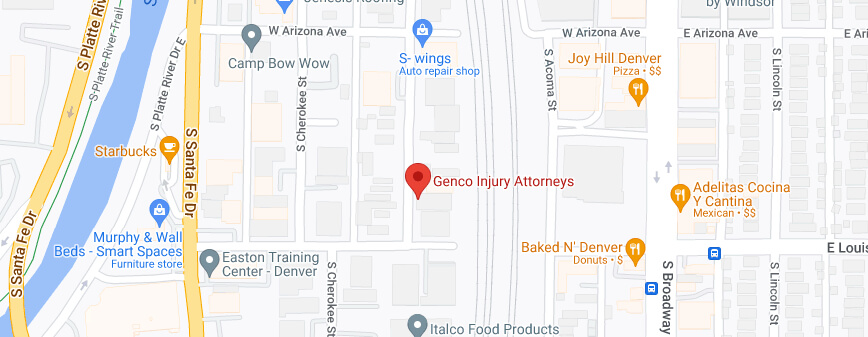Personal injury cases often focus on the economic damages incurred by the person injured in the accident. These can be anything from out-of-pocket medical bills, lost wages due to time unable to work, or even things like hiring transportation for medical visits. But there are times when damages can include less tangible things. Read on to learn more.
How Are Pain and Suffering Defined?
In Colorado, the concept of pain and suffering is referred to as non-economic damages. It’s a category meant to provide financial compensation for someone who has been gravely injured in ways that aren’t always covered by adding up medical bills and lost wages. For example, someone who was in an accident and lost the use of their arm, especially if it’s the dominant arm they use for things like handwriting, could claim damages beyond the medical bills that were incurred.
Non-economic damages aren’t necessarily just for physical injuries, either. If someone’s spouse was killed in an accident, the survivor could request damages for the suffering they experienced due to the loss of their spouse.
Does Colorado Cap Non-Economic Damage Amounts?
In most cases, yes, Colorado caps non-economic damage amounts. It depends on the case, and it should be noted that most caps are lifted if the injured party suffered permanent damage.
- Personal injury cases: For injuries occurring after January 1, 2022, the cap is $642,180. This number changes every two years because of inflation. If the personal injury case clearly demonstrates evidence of extreme harm, the cap can be raised to $1,284,370 at the discretion of the court.
- Dram shop cases: A dram shop is an umbrella term for any business that’s licensed to sell alcohol, whether a liquor store or bar. In dram shop cases, these businesses can be held responsible if a drunk driver injures someone if it can be proven that the business sold alcohol to someone who was already visibly drunk. For non-economic damages, dram shop cases are capped at $368,260.
- Solatium cases: Solatium refers to compensation given as solace for pain and suffering. This is usually used for wrongful death cases filed by surviving spouses. Wrongful death cases are those in which someone dies due to someone else’s wrongful act, neglect, or default, such as a drunk driver who hits and kills a pedestrian. It’s capped at $119,660.
Note that permanent impairment and disfigurement damages are a separate category from either economic or non-economic damages, and there are no caps for impairment and disfigurement damages. As the term implies, this refers to physical damage that significantly impairs or changes someone’s ability to function in their everyday life or causes extensive disfigurement that no amount of cosmetic surgery can fully reverse.
How Are Pain and Suffering Damages Calculated?
Every case is unique, so how every pain and suffering claim is determined varies by case. In general, if a case isn’t settled via negotiation before going to court, a jury will determine what the damages awarded should be. This follows the usual court process where both sides will provide arguments and evidence for or against the damage awards.
It’s important to know that the jury is not informed of the state caps. They’re allowed to determine whatever amount they think is required for the economic and non-economic damages. If that amount is over the state caps, the judge will determine whether or not to impose the caps or override them.
What Are Colorado’s Comparative Negligence Laws?
How comparative negligence is assessed varies from state to state in the U.S. In Colorado, modified comparative negligence is the law. That means if the injured party is more than 50% at fault for the accident, they forfeit the right to receive damages. If they’re assessed less than 50% of the fault, they can still receive damages, but the damages will be reduced by the percentage of their fault.
For example, if the injured person is found 30% at fault for the accident and they were awarded $10,000, they’d receive $7,000 instead. This means that other parties in the accident will work to push as much blame onto the injured person as possible–and that’s why working with an experienced personal injury attorney is highly recommended.
What Should I Do if I Was Injured in an Accident?
If you feel well enough, exchange names, contacts, and insurance information with the other parties involved (but don’t exchange anything else–see below for why). Then it’s vital to visit your doctor, even if you feel fine. There are injuries (including severe ones) that don’t show symptoms right away, and they can worsen if untreated, even becoming life-threatening.
Then call Genco Injury Attorneys at 303-500-1376 for a free case evaluation. Personal injury cases can be complex, especially if pain and suffering are involved. Our team of experienced, knowledgeable personal injury attorneys can guide you through your case and what the possible outcomes are. Our only focus is to get you the damages you deserve and should be entitled to.
Something you should not do: Communicate with the other party’s attorney or insurance reps. They’ll try to assign you as much blame for the accident as possible by getting you to say things that could be interpreted as you taking the fault. They may also try to convince you to accept a much lower settlement than you should. Don’t respond to emails, phone calls, or letters, but forward them to your lawyer.












